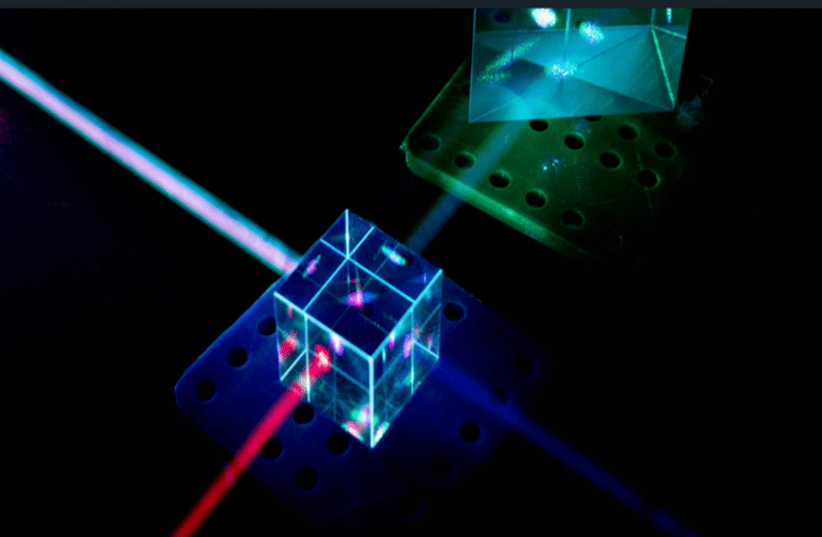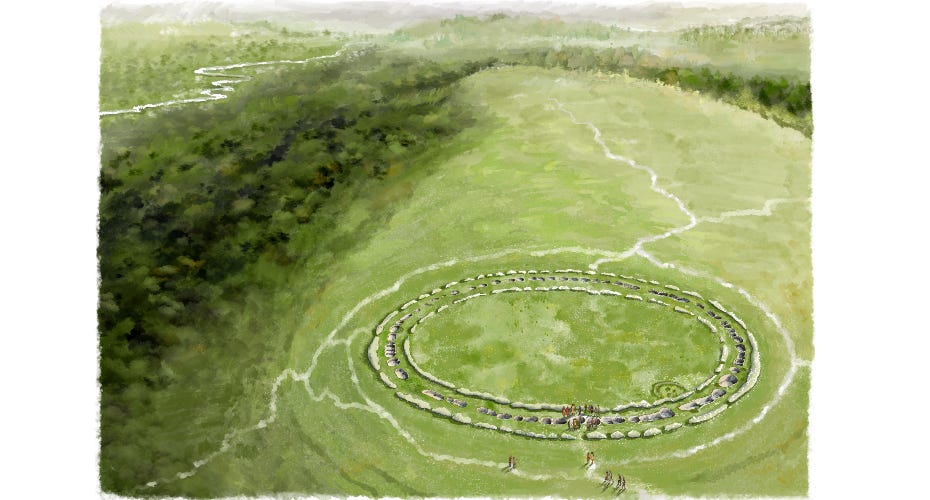Researchers discover that laser light can cast a shadow
Discover how light can cast shadows through nonlinear optics, challenging traditional physics and opening pathways to innovative technologies

Researchers have discovered that light can cast shadows, challenging our understanding of optics. (CREDIT: luchschenF. Via Shutterstock)
Shadows have been integral to humanity’s exploration of light and its properties. From their depiction in ancient shadow puppetry to their role in groundbreaking scientific discoveries, shadows have helped decode the mysteries of our world.
However, a recent experiment has redefined this seemingly simple phenomenon by demonstrating that even light can cast a shadow.
Traditionally, shadows form when a physical object blocks light, creating a dark outline on a surface. Artists like Leonardo da Vinci and scientists such as Eratosthenes have used shadows to develop techniques in art, calculate Earth's dimensions, and understand celestial mechanics.
Yet, the discovery of a shadow cast by a laser beam adds a new layer to this narrative, challenging long-standing assumptions about light’s behavior.
How Light Casts a Shadow
This phenomenon emerged from an innovative experiment led by researchers at Brookhaven National Laboratory. Using a green laser beam, a ruby crystal, and blue light illumination, they demonstrated that light, under specific conditions, could block another light source, creating a visible shadow.
“Our demonstration of this counter-intuitive optical effect invites us to reconsider our notion of shadow,” said Raphael A. Abrahao, the team leader. Previously, it was believed that light waves pass through one another without interaction.
The team’s findings, published in Optica, reveal that under intense optical conditions, nonlinear processes allow light to act like a material object.
Related Stories
The researchers directed a high-power green laser beam through a ruby crystal while shining a blue laser from the side. This setup caused the green beam to alter the crystal’s optical properties, increasing its absorption of the blue light.
As a result, a shadow formed on a screen, resembling one cast by a physical object. The effect was visible to the naked eye, followed the contours of the surface it fell on, and changed shape and position with the laser beam.
The idea originated from a casual lunch conversation about how experimental schematics often depict laser beams as solid cylinders in 3D visualization software. The team wondered: Could a laser beam behave similarly in reality?
“What started as a funny discussion over lunch led to a conversation on the physics of lasers and nonlinear optical response,” Abrahao explained. Inspired by this, the team designed an experiment to test the hypothesis.
The shadow effect is a result of nonlinear optics, a field studying how materials respond to intense light. Here, the green laser beam induced a localized change in the ruby crystal’s response to the blue light, effectively “blocking” part of the illumination and forming a shadow.
This phenomenon aligns with existing criteria for shadows, including visibility, adherence to surface contours, and three-dimensionality.
Expanding the Boundaries of Light-Matter Interaction
Under normal circumstances, photons—the particles of light—rarely interact. However, extreme optical intensities or specialized materials can facilitate such interactions.
In this case, nonlinear absorption played a key role. When the green laser beam passed through the ruby crystal, it created a region where the blue light was absorbed more intensely, forming a dark outline.
This shadow effect shares similarities with phenomena like photon-photon interactions in extreme environments, such as vacuum polarization or Rydberg gases. These processes have long intrigued physicists, as they illustrate the complexity of light-matter interactions.
“Our understanding of shadows has developed hand-in-hand with our understanding of light and optics,” Abrahao said. “This new finding could prove useful in various applications such as optical switching or devices that require precise control of light transmission.”
The team also quantified the shadow’s characteristics. They found that its contrast depended on the laser’s intensity, with a maximum contrast of 22%—comparable to the shadow of a tree on a sunny day. They developed a theoretical model to predict this effect and confirmed its accuracy through experimental data.
The discovery not only advances fundamental science but also offers practical implications. For instance, the ability to control one laser beam using another could lead to innovations in high-power laser systems, optical communication, and imaging technologies.
A New Frontier in Optics
The researchers now aim to explore whether other materials and laser wavelengths can replicate this effect. By understanding the underlying mechanisms, they hope to develop new tools for manipulating light.
“This discovery expands our understanding of light-matter interactions and opens up new possibilities for utilizing light in ways we hadn’t considered before,” Abrahao noted.
This breakthrough exemplifies how curiosity and interdisciplinary collaboration can lead to unexpected advancements. As researchers continue to push the boundaries of optics, light’s ability to cast a shadow may pave the way for a new era of optical technologies.
Note: Materials provided above by The Brighter Side of News. Content may be edited for style and length.
Like these kind of feel good stories? Get The Brighter Side of News' newsletter.
Rebecca Shavit
Science & Technology Journalist | Innovation Storyteller
Based in Los Angeles, Rebecca Shavit is a dedicated science and technology journalist who writes for The Brighter Side of News, an online publication committed to highlighting positive and transformative stories from around the world. With a passion for uncovering groundbreaking discoveries and innovations, she brings to light the scientific advancements shaping a better future. Her reporting spans a wide range of topics, from cutting-edge medical breakthroughs and artificial intelligence to green technology and space exploration. With a keen ability to translate complex concepts into engaging and accessible stories, she makes science and innovation relatable to a broad audience.



